Friday Favorites 5/13/2011
May 13, 2011
Kyle Hoepner, Editor-in-Chief
This is about as far as you can get from New England, but so much fun I couldn’t resist sharing. If you think architectural life in the old Communist Bloc was about nothing but stark, slab-like tractor factories and workers’ housing, it turns out that wasn’t entirely true–at least in later years, as twilight settled gently behind the Iron Curtain.
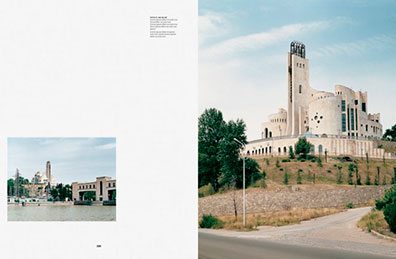
Images courtesy of Taschen GmbH.
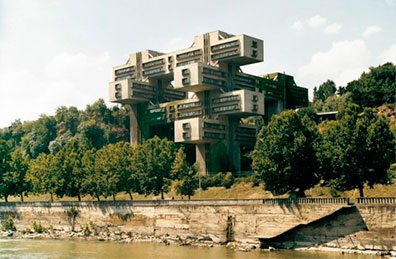
With Cosmic Communist Constructions Photographed (Taschen, 2011), photographer and writer Frédéric Chaubin provides a visual tour of some 90 buildings, located across fourteen former Soviet Republics, that collectively embody what he names “the fourth age of Soviet architecture,†when an earlier modernist conformity gave way to more diverse forms of expression based on local traditions or simply flights of imagination.
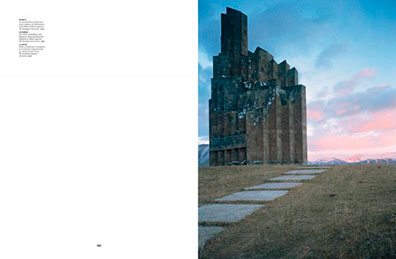
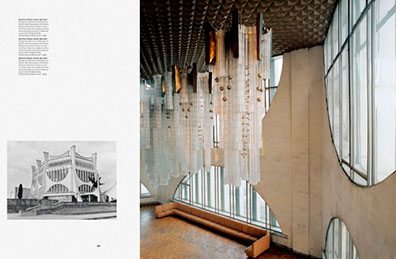
It’s safe to say that few of these fantasies would satisfy building guidelines in the more historic districts of, say, Cape Cod–but they’re certainly fascinating to see.
Cheryl Katz, Contributing Editor
In our constantly changing, always evolving, fast tracking, never stopping technological life, ephemera–those bits of papers, ticket stubs, posters, postcards, labels–are the iconography of a slower, more leisurely time. In the hands of paper artist Robert Warner, ephemera are transformed into fantastical whirligigs. Think of it as the latest app.
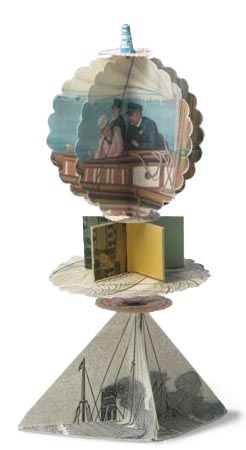
Courtesy of Joanne Rossman Design
A collection of Warner’s work will be on view at Joanne Rossman Design in Roslindale, Massachusetts, beginning with a reception for the artist on Saturday, June 4.
Paula M. Bodah, Senior Editor
Jaci Conry’s love of Cape Cod’s rich trove of historic houses springs from her own childhood spent in a rambling old Greek Revival in Falmouth, Massachusetts. In her book, A History Through Houses: Cape Cod’s Varied Residential Architecture, Conry offers a broad and deep exploration of the Cape’s historic houses, from the simple cottages of the region’s seventeenth-century farmers and fishermen to the grand Shingle-style summer homes being built these days on the Cape’s sandy shores.
Conry is a Cape Cod-based writer whose work has made its way into the pages of New England Home on several occasions, most recently in her piece about the Crane mansion in Ipswich, Massachusetts. Here’s a quick sampling of what you’ll find in her book.
Conry’s book, from The History Press, sells for $19.95 through the publisher and area bookstores.

Courtesy of The History Press
The John Newcomb house in Wellfleet is a good example of the original Cape Cod-style house with its dormerless roof. “Early Capes often appeared to be mainly roof,†Conry says. “The roofs had gables to the sides…. Typically, two large windows in the middle of a gable were flanked by two very small windows and a fifth very small window at the peak for ventilation.â€
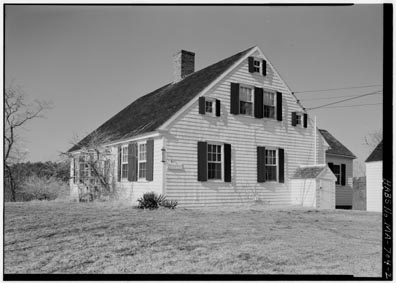
Photo by Cervin Robinson for the Newcomb House
The Cape’s whaling era brought wealth to the area, leading to grander dwellings like Falmouth’s Julia Wood house, a Middle Georgian-period home that was considered the finest in house in town when it was built in 1794.
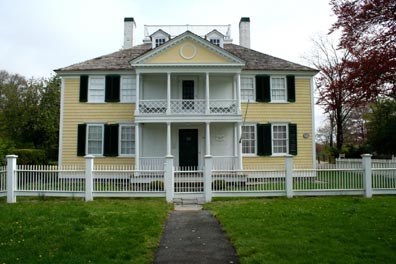
Photo by Jaci Conry
Camp meetings–religious revival gatherings–were popular country-wide in the 1800s, and Cape Cod became a favorite destination for them in the East. Early on, meeting-goers would set up tents, but by the middle of the century communities of tiny cottages began to spring up. Like this one in the Craigville Campground in Barnstable, the little houses were often in the Gothic Revival style, with lots of gingerbread trim.
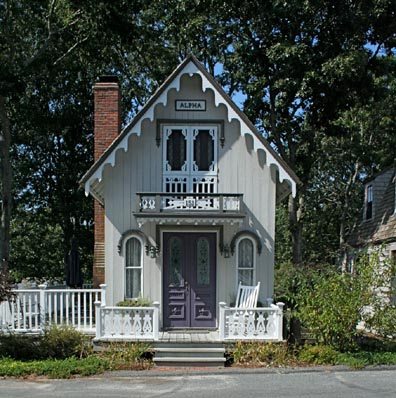
Photo by Jaci Conry
In the early 1900s, the Prairie Style made its way east, showing up in the avant-garde Airplane House in Wood’s Hole, built by the Chicago-based Purcell & Elmslie for the daughter of a wealthy Chicago industrialist.

Courtesy of Northwest Architectural Archives, University of Minnesota Libraries
Today’s houses, architect John DaSilva of Polhemus Savery DaSilva told Conry, are strongly influenced by the various styles of the past, from the iconic Cape Cod style to the Shingle-style to the more elaborate Georgian and Gothic Revivals. “We design houses that are influenced by all of these styles, but they are not literal re-creations of these,†he says.
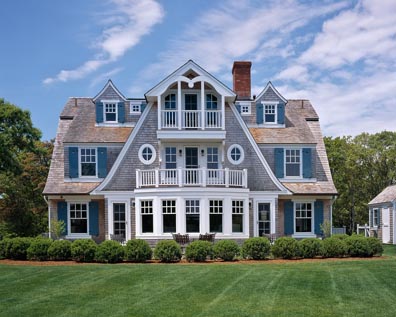
Photo by Randall Perry, courtesy of Polhemus Savery DaSilva
Share
![NEH-Logo_Black[1] NEH-Logo_Black[1]](https://www.nehomemag.com/wp-content/uploads/2022/08/NEH-Logo_Black1-300x162.jpg)





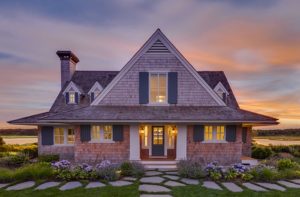
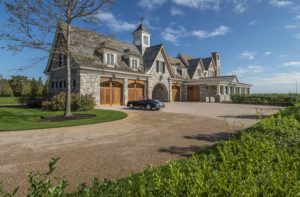

You must be logged in to post a comment.